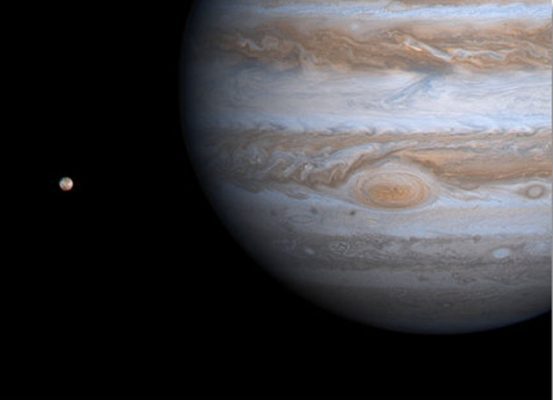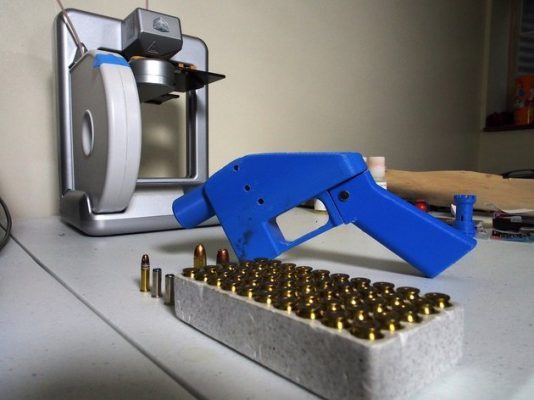Fastest Multiframe Digital X-Ray Camera in the World Brought to Life
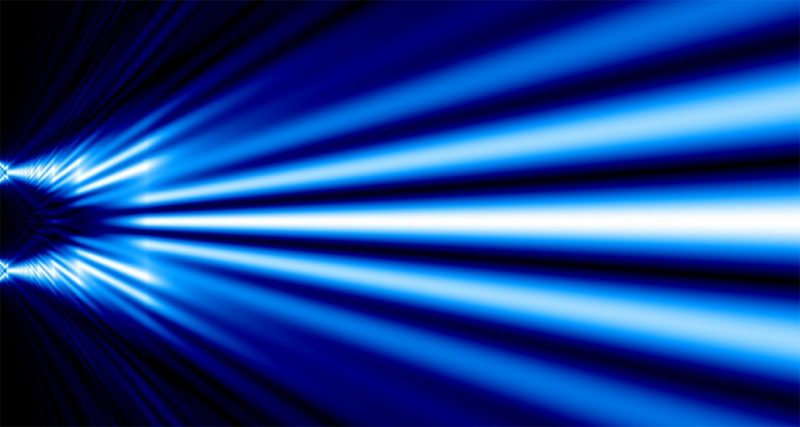
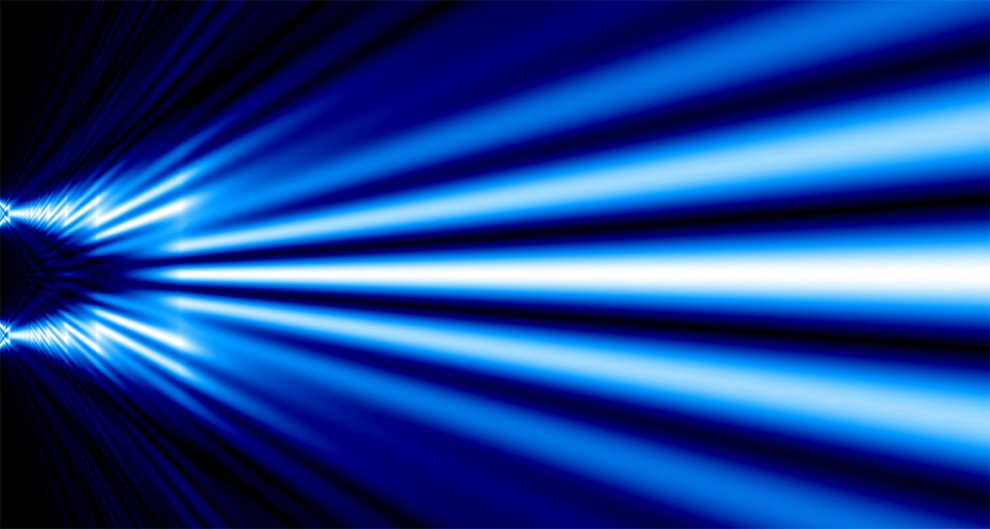
Physicists have long struggled to perform nuclear fusion on a laboratory scale. Such an event occurs between successive monitored images and may alter an experiment without researchers being able to pinpoint the cause. In order to be able to track those periods of time in-between images, researchers from Sandia National Laboratories have built the quickest multiframe digital X-ray camera in the world, known as the Ultra-Fast X-Ray Imager (UXI). The camera is able to take images with an exposure time of 1.5 nanoseconds, which is 25 times faster than the highest quality digital cameras on the market today.
John Porter, a physicist from Sandia, began and led the 10 year project in order to capture plasma images faster. He explains that denser groupings of observations taken at shorter time intervals are necessary for numerical modeling that has improved accuracy. There are simply far too many ways a model unanchored by sufficient data can go from start to finish. Porter says simulations must be offered more data in order to ensure accuracy.
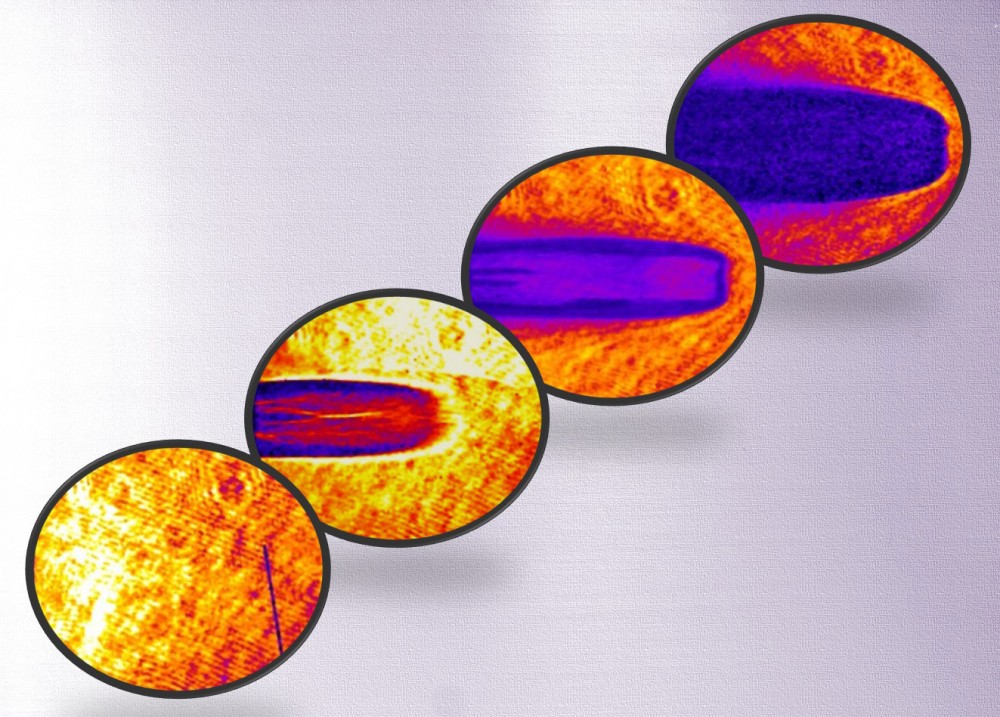
Mike Holmes, manager of the Sandia team that developed the new camera sensor believes the inexpensive UXI was a must for both technical and financial reasons. The remarkable step was declared a leading transformational diagnostic capability for the future of high-energy-density physics experiments within the National Diagnostic Plan (or NDP). Thus far, the camera has been used successfully within hundreds of experiments at both Sandia’s Z-Beamlet Laser facility and at LLNL’s National Ignition Facility.
Before UXI became a reality, a handful of very expensive, radiation-hardened CCD cameras had to be placed on microchannel plates. Each contained high-voltage power supplies and bulky support systems which also held a hefty price tag. This was the only way the UXI’s level of accuracy could be obtained regularly. Unfortunately, the cameras would have to be programmed as each experiment changed, making it difficult to time exactly how many nanoseconds into a second that needed to be captured. This often led to misinformation captured as well as expensive testing being completed more than once.
The new camera is able to be licensed at far lower prices and may be helpful in government labs, industry and universities where research could blossom thanks to the ability to view chemical, nuclear and biological reactions that take place within nanoseconds of one another.
The sensor was developed in partnership with Z at Sandia’s Microsystems and Engineering Sciences Appllications (or MESA) center and is made up of a radiation-hardened circuit that has been bonded to a silicon photodiode array. The bonding of two integrated circuits brings together two wafers into what is known as a monolithic hybrid structure. MESA team lead Marcos Sanchez reports that as of June 2016, three generations of hybrid sensor cameras have been produced, each with improvements to the previous model.
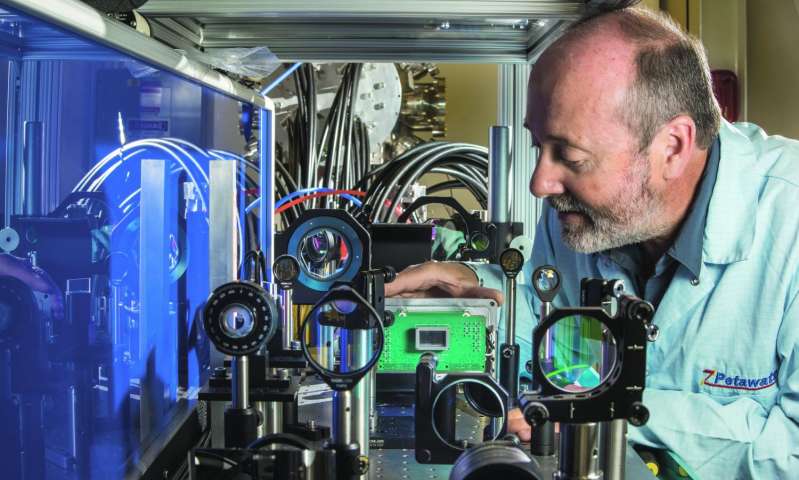
Their current sensor arrangement is a one-half megapixel camera that contains two frames of image storage per pixel. Upcoming sensors to be added will hold the ability to capture even more frames by turning on rows of pixels at differing times and offer an increase in the amount of storage allowed per pixel. Shutter time and the time between subsequent shutter openings can be adjusted as needed. Each shutter has a speed and inter-frame time that can be set anywhere from 1.5 to 19 nanoseconds, which makes the sensors ideal and configurable to be an exact match to experiment parameters.
Research continues with a main focus on shortening the image time to the 20 picosecond range sometime in the next year by adding the UXI sensor to a leading-edge pulse-dilation tube. The end goal is to get a clearer view of the fundamentals of fusion in order to create data that may be helpful in regards to national defense and energy production.




